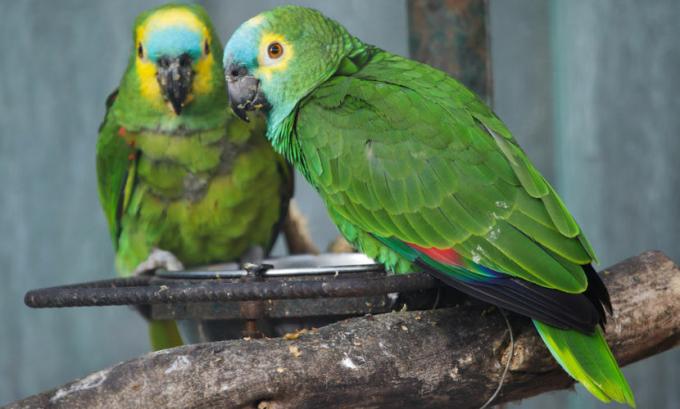Animals domestic and wild they show some basic differences, mainly in the place where they live and in their behavior. Below we will differentiate these two groups of animals and present some examples.
Read too: Differences between humans and other animals
Domestic animals
You domestic animals are those who are used to living with the human being. These animals do this as a result of a series of processes to domesticate them. Some authors define domestication as the adaptation of a species' behavior in order to adjust it to the human being's needs.

In general, domestic animals have some attributes, such as sociability, fecundity in captivity and meekness. These characteristics can be observed, for example, in cats, chickens, dogs and horses, which are examples of domestic animals.
Wild animals
Wild animals are those animals that are not used to living with human beings. When these animals are removed from their natural habitat, they find it difficult to develop. Many species, for example, are virtually incapable of reproducing in captivity.

In addition, wild animals can even have a aggressive behavior when in contact with man. As an example of wild animals, we can mention the parrot, the anteater, the marmoset, the boa constrictor, O alligator and the macaw.
Read too: 4th of October - World Animal Day
Wild animal trafficking
Even without adapting well to living with man, wild animals are often removed from their environment and sold illegally. Wild animal trafficking moves billions of dollars around the world, also taking place here in Brazil. According to WWF (World Wildlife Fund), the parrot is the most sold bird in Brazil and abroad, followed by macaws, parakeets, tamarins, turtles and toucans.
Animals captured from the wild to be sold illegally suffer a lot from this process. In most cases, to escape inspection, these animals are transported precariously. It is estimated that for every 10 animals that are taken from the wild to be sold illegally, 9 die on the way. In addition, reports of mistreatment of these animals, such as pulling out the prey and claw of some species so that they do not harm the buyer or clipping the wings of birds to prevent them from flying.

Animal trafficking is considered a crime against the environment and may result in detention and fines. See Article 29 of Law 9,605, which provides for this topic.
LAW No. 9,605, OF FEBRUARY 12, 1998. |
|
CHAPTER V CRIMES AGAINST THE ENVIRONMENT Section I Crimes against Fauna Art. 29. Killing, chasing, hunting, catching, using wildlife specimens, native or en route immigration, without the proper permission, license or authorization of the competent authority, or in disagreement with the obtained: Feather - imprisonment from six months to one year, and a fine. § 1º Incurs the same penalties: I - who prevents the breeding of fauna, without a license, authorization or in disagreement with the one obtained; II - who modifies, damages or destroys a nest, shelter or natural breeding; III - whoever sells, exposes for sale, exports or acquires, keeps, keeps in captivity or deposits, uses or transports eggs, larvae or specimens of wild fauna, native or en route migration, as well as products and objects originating therefrom, from unauthorized breeding sites or without proper permission, license or authorization from the authority competent. |
It is important to highlight that it is possible to buy wild animals legally in licensed and legalized breeding sites. These animals, when sold, have markings that guarantee that they have not been illegally removed from the wild.



